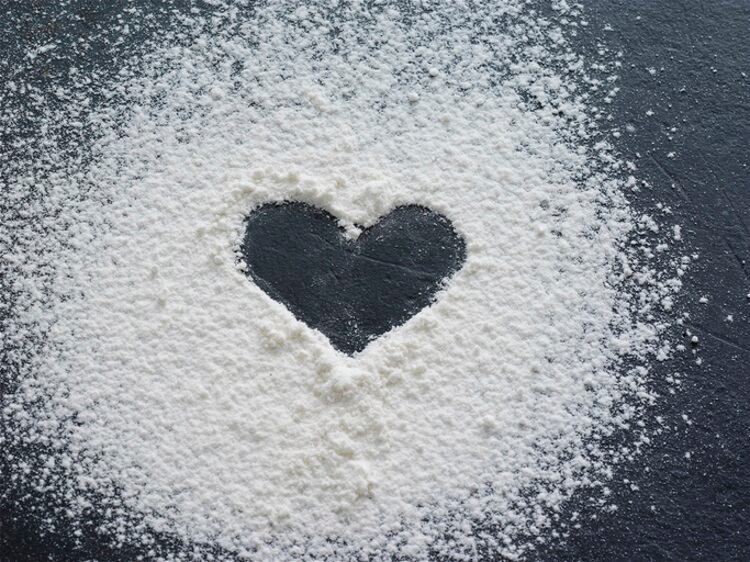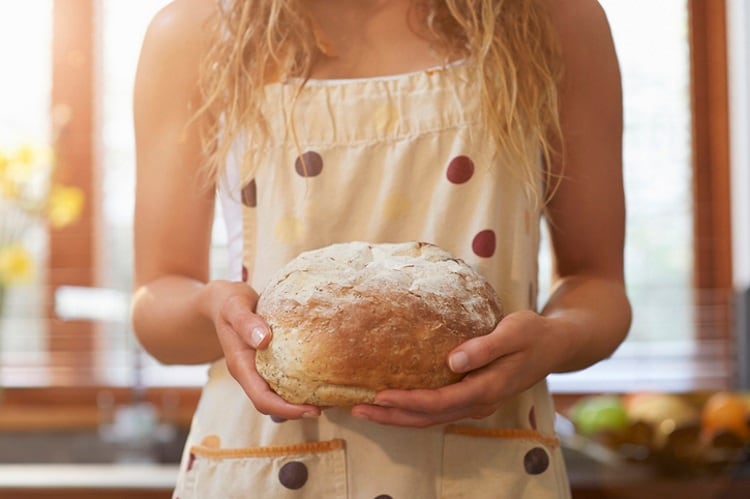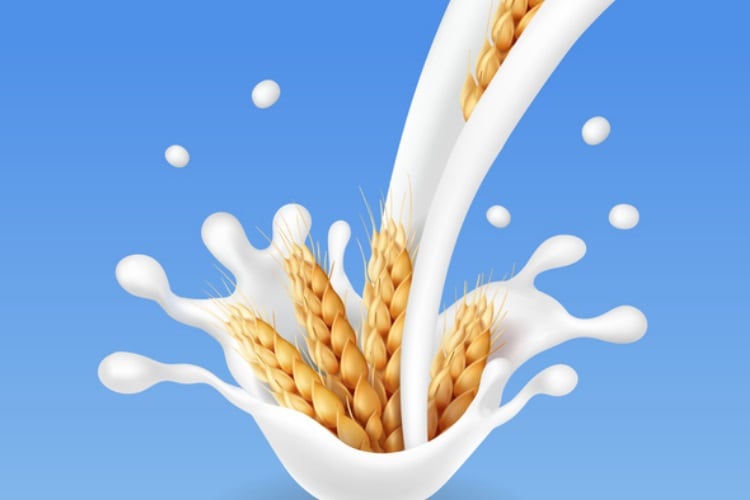To mark its 100th anniversary, Mühlenchemie has established the Composite Flour Science Award to honour the research into the production and processing of non-wheat flours and their blends with wheat flour, in particular those using local raw materials.
Not a new area for the Ahrensburg-based specialist, Mühlenchemie has for years developed ways to partially or completely replace wheat flour with non-wheat flours to maintain supply.
Wheat flour is one of the world’s most important staples as the defining ingredient in most types of breads, pastries, cakes, biscuits and goods like pasta, soups and sauces. However, fluctuating availability and sharply spiking wheat prices have endangered food supplies around the globe.
It may sound like a contradiction, but to maintain flour’s status as a food staple – even more so, its quality and price that everyone can afford – it’s more important than ever to be independent of the wheat market.
Wheat flour alternatives
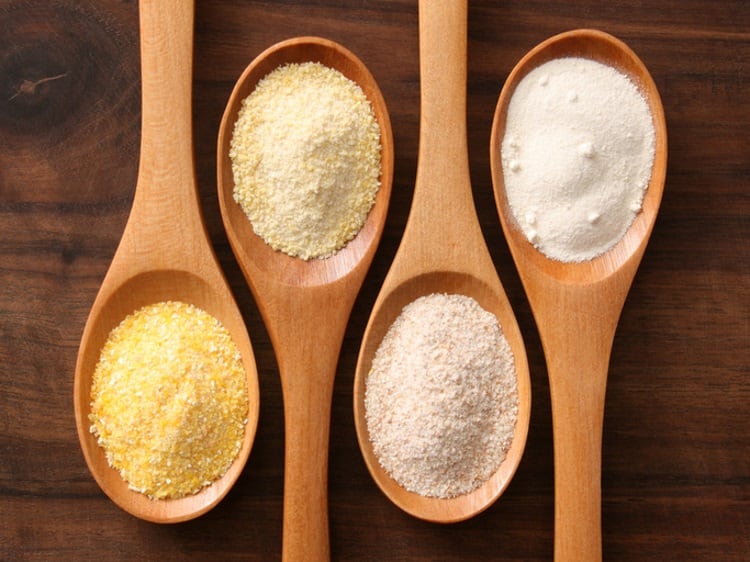
One way to achieve this is to use alternatives to wheat flour, however, there is still a dearth of background knowledge in the areas of wheat substitution. In particular, questions remain open with regards to the cultivation and processing of various wheat alternatives:
What local crops have the ecological, economic and technical potential to partially or completely replace wheat in bread and pasta?
- How sustainable is their production
- How do they need to be processed in order to be useful for bakers?
- How can they be standardised?
- How does a wheat alternative alternate the production process and final product quality?
- What are their nutritional benefits?
- What new product developments are possible with composite flour?
Mühlenchemie is hoping to advance this with its Composite Flour Science Award, with a total prize of €20,000 awarded to standout research in the milling, baking and pasta industries.
Eligible are completed scientific studies and practice-focused projects between 2019 to 2022 by individuals, institutes and research companies, reviewed by an international expert jury. The overall winner will receive €10,000, while €5,000, €3,000 and €2,000 will be awarded for the three runner-up projects.
Deadline for submission is 31 January, and the awards ceremony will be held in June 2023.
Pathogen reduction milestone
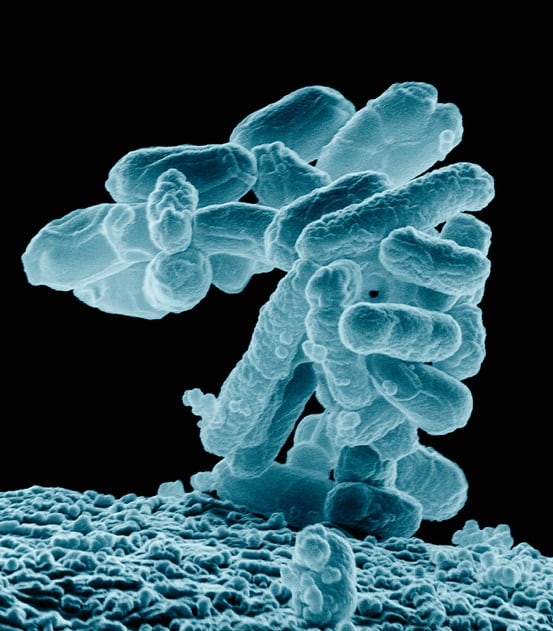
US biotech company Energis Solutions has released the results from a recent validated study confirming the effectiveness of its pathogen reduction tech in the wheat milling tempering processes.
According to the Colorado-based company, its Guardian System achieves higher kill rates at a lower cost, while avoiding functionality challenges that are typically associated with heat-treated flour or corrosion that can be experienced in the use of peracetic and lactic acid treatments.
While foodborne illness associated from contaminated wheat flour are rare, the latest trend to consume raw homemade cookie dough has increased the prevalence, placing the onus on producers to ensure the rules under the Food Safety Modernization Act (FSMA) are followed to the T.
The study – performed by a 3rd party laboratory in partnership with Panhandle Milling, and published in Cereal Chemistry – found Energis’ Guardian System performs at a 225% higher kill rate than acid based solutions, without leaving chemical residuals or altering the functionality of wheat and flour.
As part of the study, Hard Red Winter wheat was inoculated with Salmonella and E-coli, then treated with Guardian, which uses patented tech and equipment to create an on-demand ‘energized’ water-based solution.
Results showed an average 5.40 log reduction of E-coli and an average 3.93 log reduction of Salmonella when analysed against the non-treated control samples.
The study’s authors, however, did contend that flour decontamination methods that don’t compromise flour functionality, should continue to be explored.
Study:
Pathogens control on wheat and wheat flour: A review
Authors: Ana M. Magallanes Lopez and Senay Simsek
Cereal Chemistry, 10 September 2020


